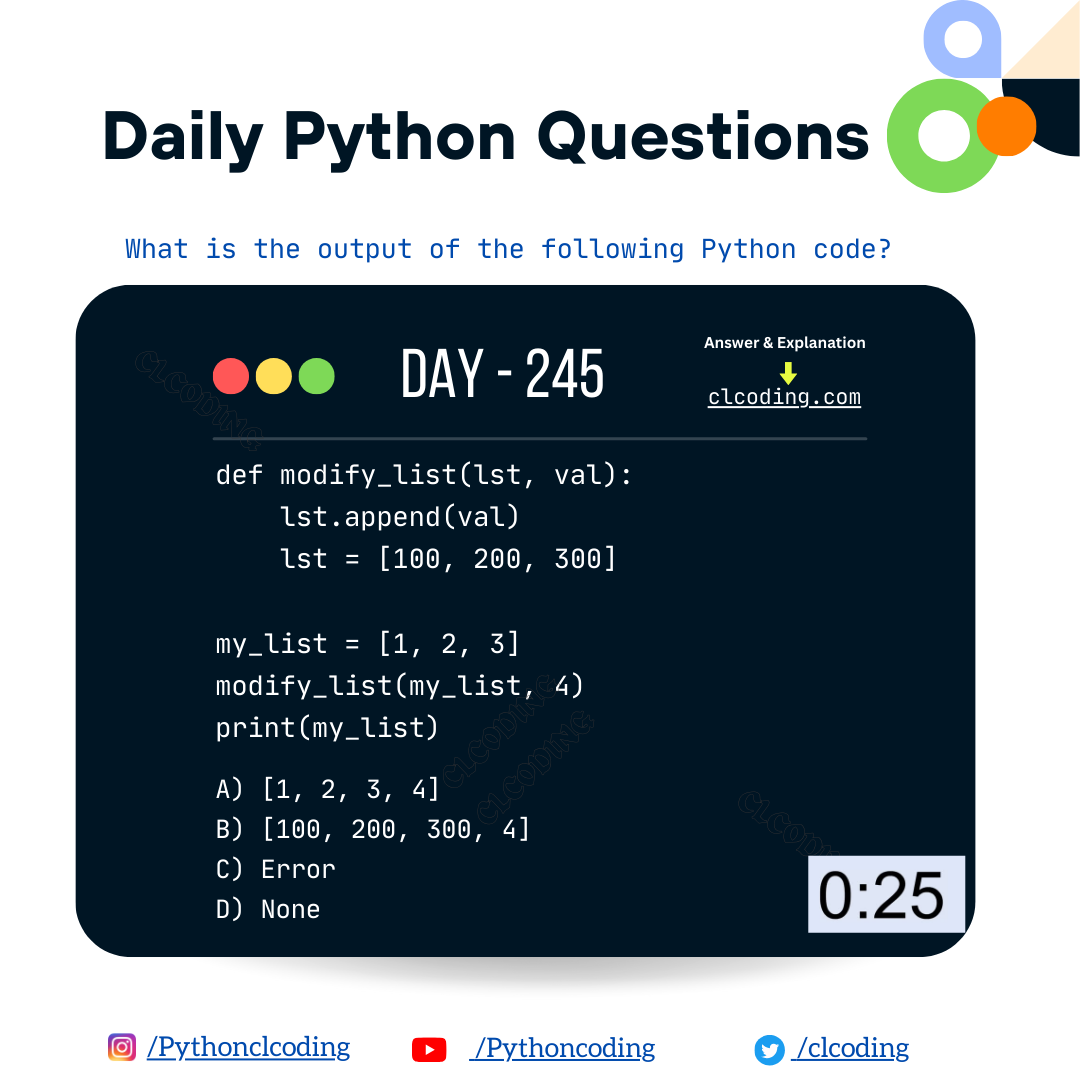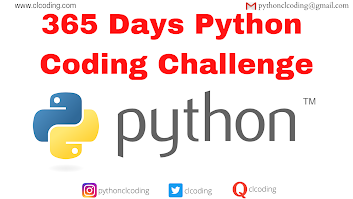from imdb import IMDb
ia = IMDb()
movie_name = input("Enter the movie name: ")
movies = ia.search_movie(movie_name)
if movies:
movie = movies[0]
ia.update(movie)
directors = movie.get('directors')
if directors:
print("Director(s):")
for director in directors:
print(director['name'])
else:
print("No director information found.")
else:
print("Movie not found.")





.png)





.png)














.jpg)























.jpg)










